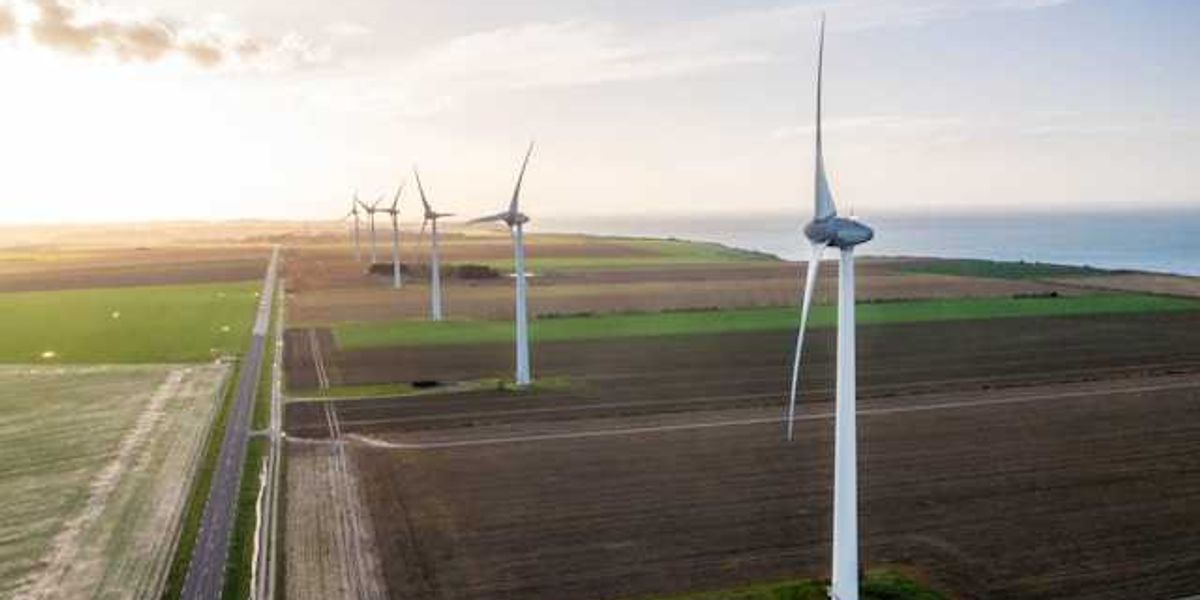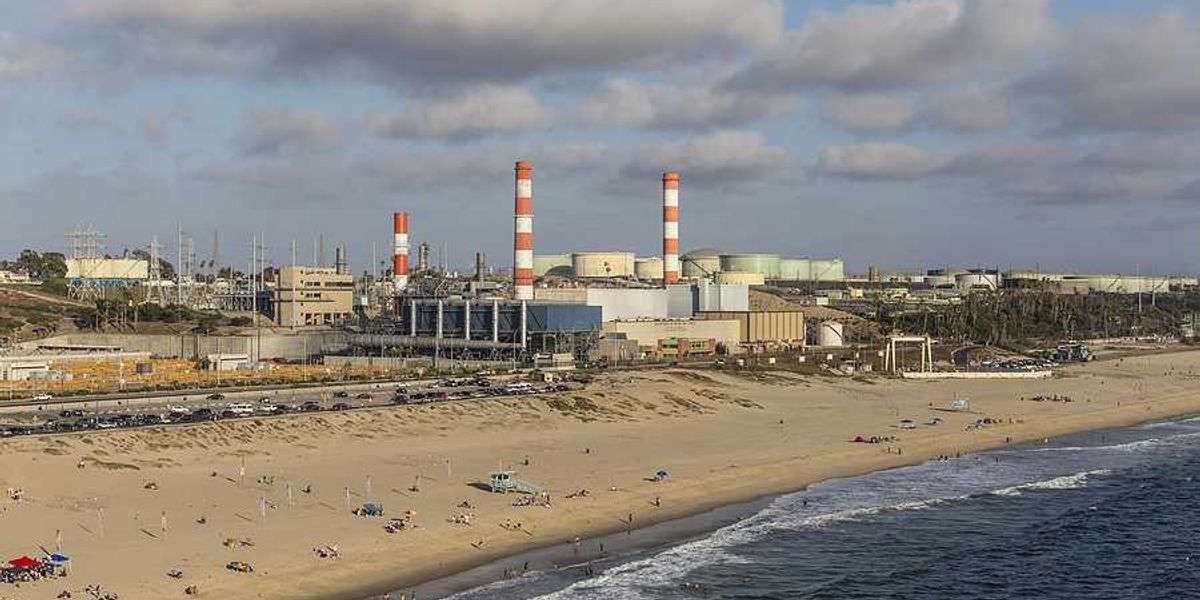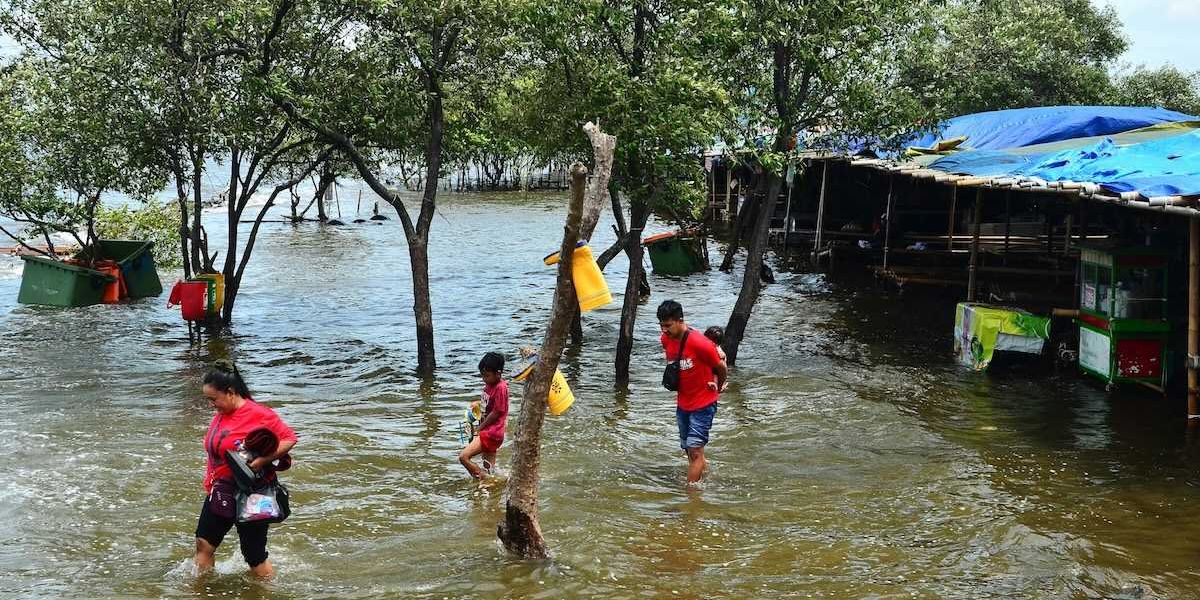Texas expands funding for plugging oil and gas wells as costs and risks rise
Texas lawmakers approved $100 million in new funding to seal abandoned oil and gas wells, but advocates warn that weak policies will keep adding to the problem.
Martha Pskowski reports for Inside Climate News.
In short:
- Texas will spend an additional $100 million over two years to plug orphaned oil and gas wells, aiming to seal 1,700 wells annually, or about 20% of the state’s known total.
- The average cost of plugging each well rose over 50% from 2019 to 2023, driven by blowouts and complex emergencies, especially in the Permian Basin.
- A new law, SB 1150, requires plugging of wells inactive for 15 years, but loopholes and lenient extensions could limit its impact without further rule changes.
Key quote:
“We’re going to get another two years down the road in the next budget cycle and there are going to be more orphans. The Legislature has not really seen the picture of how extensive this problem is.”
— Schuyler Wight, Permian Basin landowner
Why this matters:
Orphaned and inactive oil and gas wells leak methane and can contaminate groundwater, posing a growing threat to public health and the environment. These wells often go unmonitored after companies abandon them, leaving taxpayers on the hook for cleanup. In Texas alone, nearly 9,000 orphan wells and over 150,000 inactive wells remain at risk of turning into long-term liabilities. Some have already blown out, shooting saltwater and gases into the air and soil. As plugging costs soar and aging infrastructure fails, the risk of environmental harm grows. Without stronger regulation and enforcement, the number of dangerous, abandoned wells will likely continue to outpace efforts to close them, even as federal policy pivots to increased fossil fuel production.
Read more: Orphan oil wells threaten U.S. aquifers with rising contamination risks













